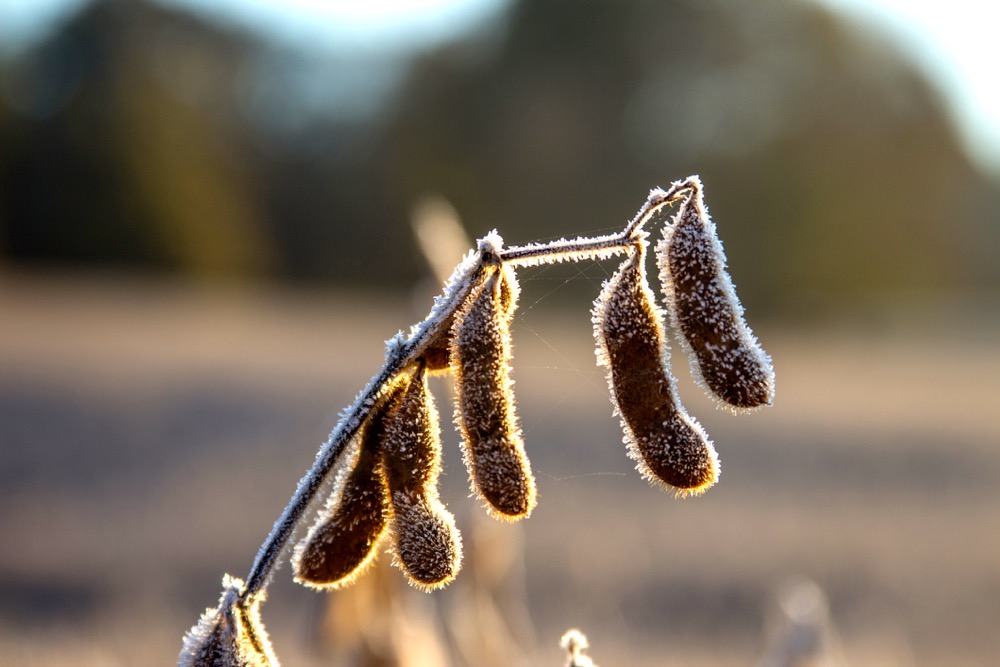In any relationship, the actions of one party have an influence on the other, and the space between two objects is sometimes as important as the objects themselves. Nowhere is this more true than in grain markets.
Old/new crop spread
The spread, or difference between two futures months of the same commodity, can provide insight into the underlying supply/demand fundamentals.
Read Also

Foggy grain market predictions for 2026
Many factors are pushing and pulling at grain markets as farmers leave 2025 behind and start considering what 2026 will bring.
For canola, the spread between the old crop July futures and the new crop November 2024 futures shows little concern over tightening supplies. In mid-February of 2023, the July futures were trading at a $20 premium over November. That old/new crop inverse was as high as $120 per tonne at the same time in 2022 following the 2021 drought.
Higher prices for old crop delivery are seen as a signal of strong nearby demand for dwindling supplies. However, the July 2024 contract moved below the November 2024 futures this February, trading at a $6 per tonne discount.
Canola/other oilseed spreads
Canola was trading at a significant premium over both European rapeseed and United States soybeans in the international export market earlier this year, contributing to the lack of international export demand.
With the weakness in canola futures over the past six months, the premium over soybeans has all but evaporated, while canola has moved from trading at about $100 per tonne above European rapeseed to a discount of nearly $40 per tonne.
While canola sales to Europe may becoming theoretically possible, actual business remains unlikely.
Soybean/corn ratio
U.S. farmers will soon seed their next soybean and corn crops. Early calls from the U.S. Department of Agriculture point to an increase in soybean seeding at the expense of corn. The soybean/corn ratio supports that theory. Historical data shows increased interest in planting soybeans over corn whenever the ratio between the two hits 2.4 or larger – meaning soybeans are trading at 2.4 times the price of corn.
The opposite holds true when that ratio dips below 2.4. Currently, November soybeans are trading at about 2.5 times the price of December corn, which is a strong vote in favour of planting soybeans.
Soybean area was forecast by the USDA to increase to 87.5 million acres in 2024, from 83.6 million the previous year, while corn area is expected slip by 3.6 million acres to 91 million acres.
















